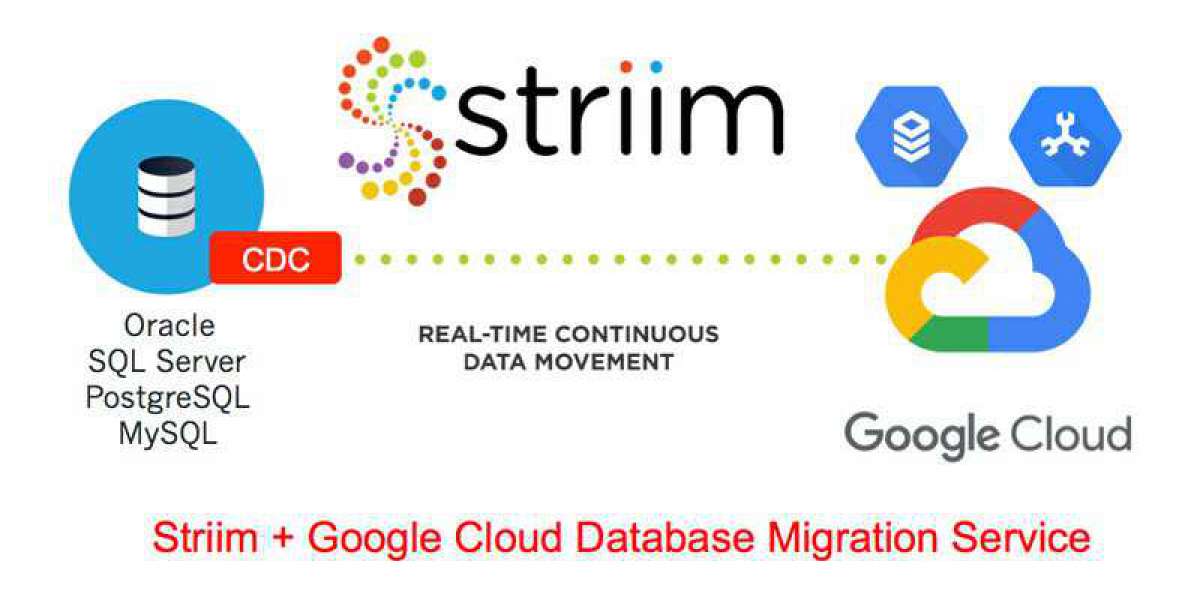Initial Coin Offerings (ICOs) have emerged as a popular fundraising method in the world of cryptocurrency, allowing startups to raise capital by issuing digital tokens to investors. However, the regulatory landscape surrounding ICOs has evolved significantly over the years. In this blog, we'll delve into the evolution of ICO regulation, exploring its historical context, key milestones, and current state.
Early Days and Regulatory Ambiguity: In the early days of ICOs, regulatory oversight was minimal, leading to a proliferation of token sales with varying degrees of legitimacy. Many ICOs operate in a regulatory gray area, raising concerns about investor protection, securities laws, and financial stability. Regulators worldwide grappled with defining the legal status of ICOs and determining the appropriate regulatory framework.
Regulatory Crackdowns and Enforcement Actions: As ICOs gained popularity, regulators began scrutinizing token sales more closely, citing concerns about fraud, market manipulation, and investor risk. Several high-profile ICO scams and fraud schemes prompted regulatory crackdowns and enforcement actions by authorities globally. Regulatory agencies issue warnings, cease-and-desist orders, and enforcement actions against non-compliant ICOs, signaling a shift towards stricter oversight.
Emergence of Regulatory Guidelines and Frameworks: In response to growing regulatory concerns, some jurisdictions began issuing guidelines and frameworks to clarify the legal status of ICOs and establish regulatory requirements. Regulatory agencies such as the US Securities and Exchange Commission (SEC), the Financial Conduct Authority (FCA) in the UK, and the Swiss Financial Market Supervisory Authority (FINMA) released guidance on ICOs, outlining criteria for determining whether tokens constitute securities and the regulatory obligations for issuers.
Legal Precedents and Court Rulings: Legal precedents and court rulings have played a significant role in shaping ICO regulation and clarifying the legal status of tokens. Landmark cases, such as the SEC v. Telegram and SEC v. Kik Interactive lawsuits, provided insights into how regulators interpret securities laws regarding ICOs. Court rulings have established precedents for determining when tokens are considered securities and highlight the importance of regulatory compliance for ICO issues.
Global Coordination and Harmonization Efforts: Recognizing the cross-border nature of ICOs and the need for coordinated regulatory action, international organizations and regulatory bodies have initiated efforts to harmonize ICO regulation globally. Organizations such as the Financial Action Task Force (FATF) have issued recommendations for combating money laundering and terrorist financing in the context of virtual assets, including ICOs. Collaboration between regulators aims to promote regulatory consistency and enhance investor protection across jurisdictions.
Current Regulatory Landscape and Future Outlook: The regulatory landscape for ICOs continues to evolve, with regulators refining their approach to address emerging challenges and risks. While regulatory clarity has improved in some jurisdictions, regulatory uncertainty persists in others, posing challenges for ICO issuers and investors alike. Looking ahead, the future of ICO regulation is likely to be shaped by ongoing developments in technology, market dynamics, and regulatory priorities.
Conclusion: The evolution of ICO regulation reflects the growing recognition of ICOs with the help of ICO list as a significant fundraising mechanism and the need for regulatory oversight to protect investors and maintain market integrity. While regulatory clarity has improved in recent years, challenges remain in achieving global harmonization and addressing regulatory gaps. As ICO regulation continues to evolve, stakeholders must stay informed and adapt to the changing regulatory landscape to navigate the complexities of the ICO market effectively.









